Travel > Asia > IndiaIndiaTranscendent Beauty and Vibrant CulturesIndia, a vast and enchanting country, captivates visitors with its rich history, diverse culture, and breathtaking landscapes. With a plethora of historical monuments, cultural experiences, and rejuvenating retreats, India presents an ideal vacation spot for those seeking adventure, tranquility, and a glimpse into the tapestry of its vibrant heritage. One of the foremost reasons retirees are drawn to India is the abundance of historical monuments and landmarks that dot the landscape. Prominently, the iconic Taj Mahal stands as a testament to eternal love, enticing visitors with its ethereal beauty. The majestic Red Fort in Delhi and the awe-inspiring Golden Temple in Amritsar—the holiest Sikh temple in the world; are architectural wonders that leave visitors in awe. Exploring these ancient structures takes one on a journey through time and reveals the grandeur of India's bygone eras. India's allure extends beyond its architectural marvels. It is a country steeped in rich cultural heritage, offering a myriad of opportunities for retirees to immerse themselves in its traditions. From the intricately designed Hindu temples to the serene Buddhist monasteries, there is a profound sense of spirituality waiting to be experienced. Witnessing traditional rituals, participating in colorful festivals, such as the vibrant festivities of the Holi festival in India, where streets come alive with a kaleidoscope of colors and joyous celebrations. India's natural beauty is a sight to behold, providing retirees with an idyllic backdrop for relaxation and rejuvenation. The country boasts a remarkable range of landscapes, from serene beaches to majestic mountains and lush forests. The sun-kissed beaches of Goa and Kerala offer retirees the chance to unwind, soak up the sun, and embrace the tranquility of the ocean. For those seeking a retreat into the mountains, the Himalayas provide a sanctuary of serenity and breathtaking vistas. Exploring the tea plantations in Darjeeling or embarking on a spiritual journey in Rishikesh, known as the yoga capital of the world, are just a few examples of the diverse experiences awaiting retirees in India. India's wellness offerings are unparalleled, making it an ideal destination for those seeking holistic rejuvenation. The country is renowned for its yoga and meditation retreats, where retirees can embark on a transformative journey of self-discovery and inner peace. Numerous spas and wellness centers scattered across the country offer traditional Ayurvedic treatments, massages, and other therapeutic practices, providing a holistic approach to health and well-being. India's allure lies in its ability to offer a harmonious blend of historical immersion, cultural exploration, and natural beauty. Whether marveling at architectural wonders, witnessing vibrant festivals, basking in the tranquility of beaches and mountains, or embarking on a personal wellness journey, India provides an unforgettable experience. Travel Planning Tips:Best Time to Visit: The weather in India depends on the region you plan to explore, as India is a vast country as the country experiences diverse climates and weather patterns. However, in general, the winter months from October to March are considered the best time to visit India as the weather is pleasant and comfortable in most parts of the country. During this period, you can explore popular destinations like Delhi, Agra, Rajasthan, Goa, and Kerala without the scorching heat or heavy monsoon rains. It is an ideal time for sightseeing, visiting historical sites, enjoying outdoor activities, and exploring India's rich cultural heritage. If you plan to visit the northern mountainous regions like Ladakh or Himachal Pradesh, the summer months from April to June are more suitable when the weather is relatively warmer and the snow has melted, allowing for better access to remote areas. If you wish to explore the southern parts of India, such as Kerala or Tamil Nadu, the winter months and early spring (October to February) are ideal, as the weather is milder and more pleasant compared to the hot and humid summers. Ultimately, it's recommended to research the specific region you plan to visit and consider your preferences regarding weather, festivals, and local events when deciding the best time to experience the wonders of India. Transportation:
Safety Tips:
|
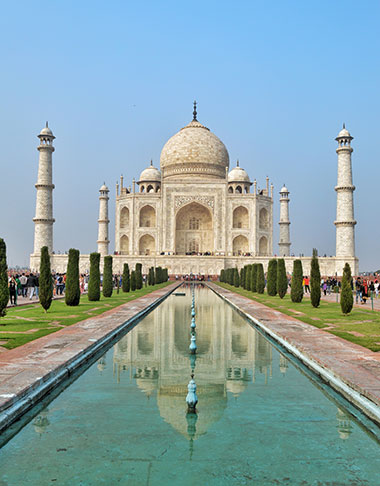 Taj Mahal, Agra Taj Mahal, AgraPhoto by Shubham Mahitkar 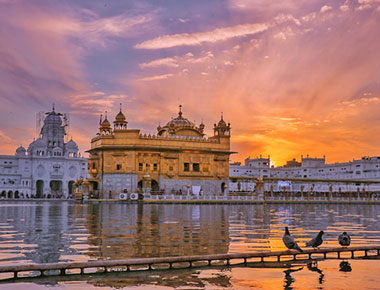 Golden Temple, Amritsar Golden Temple, Amritsar Photo by Nav Photography 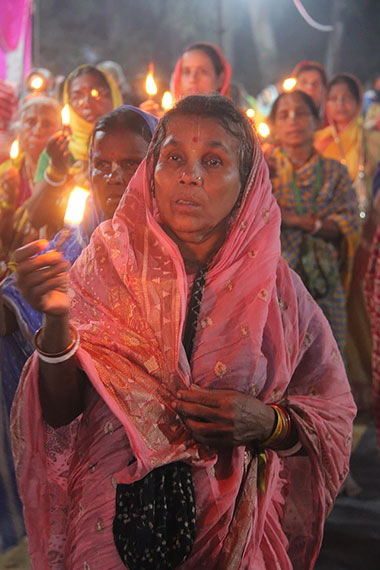 Photo by Iskcon tv Dhaka
Photo by Iskcon tv Dhaka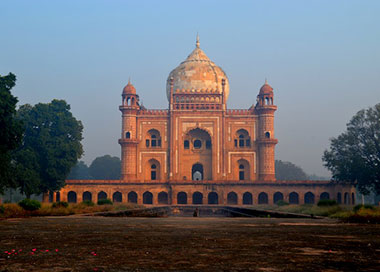 Safdarjung Tomb, Delhi Safdarjung Tomb, DelhiPhoto by Ajay Sharda 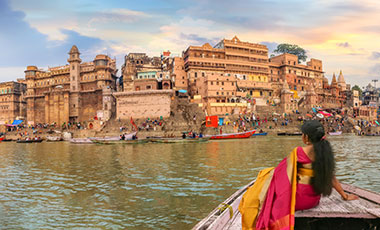 Varanasi along the Ganges River Varanasi along the Ganges River Photo by Roop Dey |